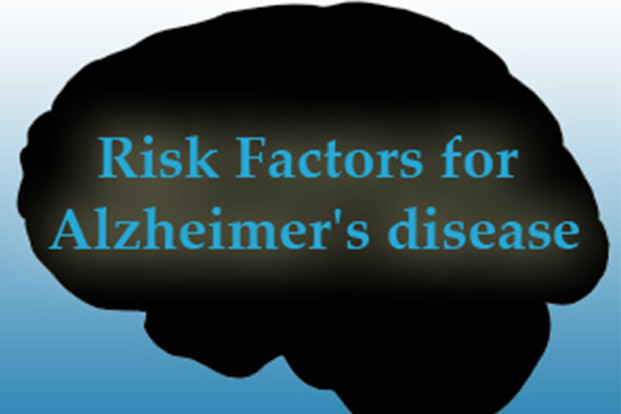Categories
- Bariatric Surgery (11)
- Black Fungus (5)
- Bone Marrow transplant (3)
- Brain Tumor Surgery Navigation Technology (20)
- Cardiac Surgery (66)
- Cardiology (97)
- Computer navigation technology for joint replacements (20)
- Covid Vaccination (17)
- Critical Care (2)
- Dental (19)
- Dermatology (31)
- Dialysis Support Group - “UTSAAH” (11)
- Dietitian (33)
- Emergency Medicine (4)
- Emotional Health (11)
- Endocrinology (33)
- ENT (20)
- Gastroenterology and GI Surgery (53)
- General and Laparoscopic Surgery (21)
- General Surgery (4)
- Gynecology & Obstetrics (183)
- Hematology (20)
- Internal Medicine (294)
- Kidney Transplant (50)
- Kidney Transplantation (20)
- Lung Cancer (8)
- Minimal Invasive Surgery (1)
- Mother & Child (20)
- mucormycosis (5)
- Nephrology (61)
- Neurology (147)
- Neurosurgery (68)
- Nutrition and Dietetics (107)
- Omicron Variant (1)
- Oncology (288)
- Ophthalmology (10)
- Orthopaedics & Joint Replacement (86)
- Paediatrics (59)
- Pediatric Nephrology (3)
- Physiotherapy (5)
- Plastic & Reconstructive Surgery (6)
- Psychiatry and Psychology (90)
- Psychologist (28)
- Pulmonology (72)
- Rheumatology (13)
- Spine Services (21)
- Transradial Angioplasty (16)
- Urology (84)
Query Form
Posted on Apr 19, 2022
Risk Factors for Alzheimer Disease
Alzheimer disease is most common cause of dementia. Dementia is a condition in which there is decline in cognitive abilities of sufficient severity to interfere with function during daily activities (i.e., shopping, paying bills, cooking, driving, etc.). India has a huge population with an exceptional aged population. Alzheimer’s and Dementia by 2030 is said to affect every 2 in 10 people above 60 yrs of age.
Risk Factors for Alzheimer Disease:
- Age : Increasing age is the most important risk factor. Age specific incidence rates doubled every 4.4 years after 60.
- Gender : The prevalence of AD dementia is more common in women. This in part can be explained by a longer life span in women than men.
- Hypertension: Systolic blood pressure greater than 160 mm Hg, increase risk for AD dementia later in life.
- Diabetes and Elevated Glucose: Type II diabetes is associated with increased incidence of dementia.
- Head Injury : After severe head injury, levels of Aβ 42 in the CSF decrease,& presence of the APOE4 allele may confer a higher risk of dementia after head injury.
- Other Risk Factors: Factors associated with an increased risk of AD include smoking , cerebrovascular disease, anemia and obesity.

Genetic causes- Amyloid Precursor Protein (APP) Chromosome 2, Presenilin 1&2 (PSEN1&2), Apolipoprotein E4(APOE4)
Protective Factors of Alzheimer’s Disease are:
- Higher education, extracurricular activity, exercise.
- Diet: intake of unsaturated, unhydrogenated fats, limited alcohol consumption.
Diagnosis & Investigations for Alzheimer’s Disease
Diagnostic Criteria
Abnormal cognitive decline which is gradual and progressive and which impair activity of daily living . Impairment in various function like memory, language, calculation, visuospatial, executive function etc. Plus Positive biomarker for Aβ and MRI or FDG-PET or tau showing lobar changes.
Investigations
A) CSF study
- Reduction in the CSF Aβ 42
- Elevation in CSF Tau protein
B) Neuroimaging Biomarkers
- CT or MRI : MRI is more informative. Medial temporal lobe atrophy of the hippocampus and entorhinal cortex with concomitant dilatation of the temporal horns.
- Functional Imaging: SPECT and FDG PET. Decreased blood flow in temporoperietal region in SPECT and hypometabolism on PET study is suggestive of Alzheimer disease.
- Amyloid Imaging : Pittsburgh Compound B (PiB) has allowed measurement of amyloid .The deposition of amyloid occurs primarily in the frontal and temporal-parietal regions



